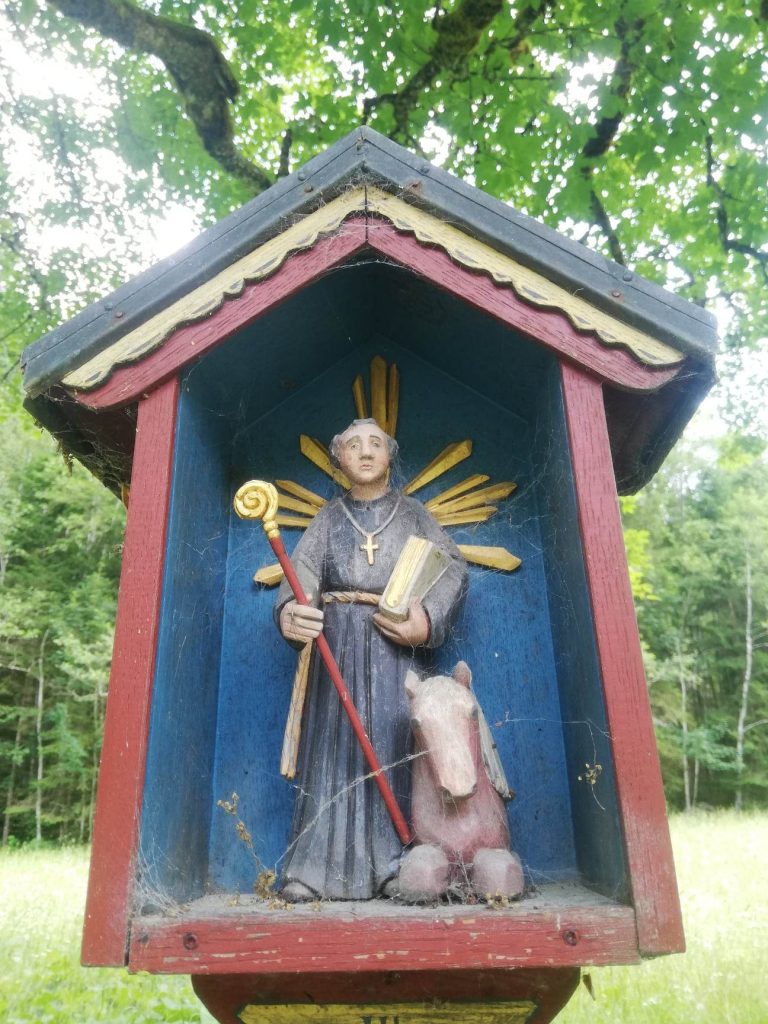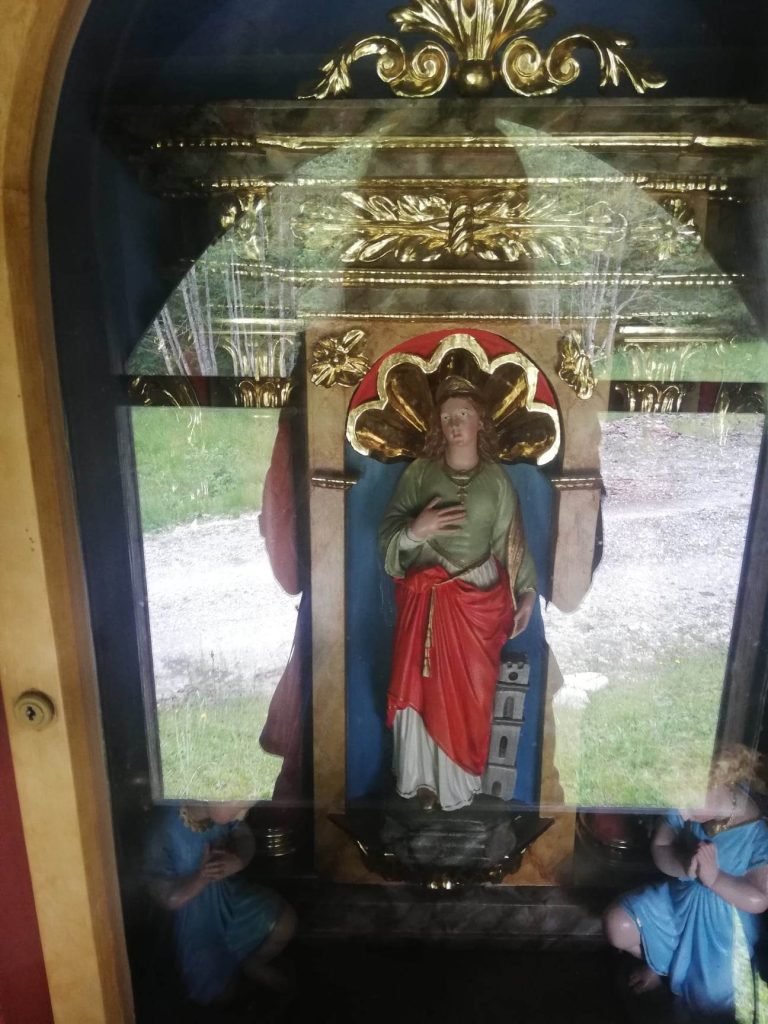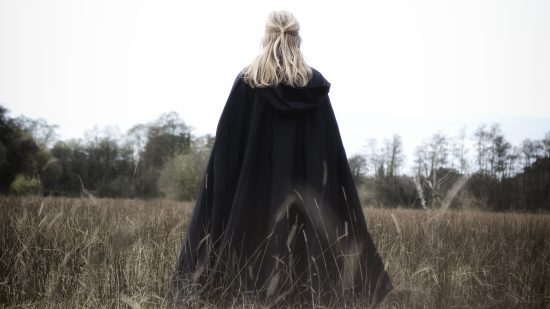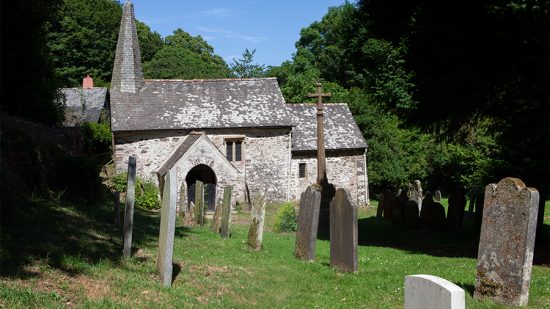Parallels in the Veneration of Christian Saints and Pagan Deities
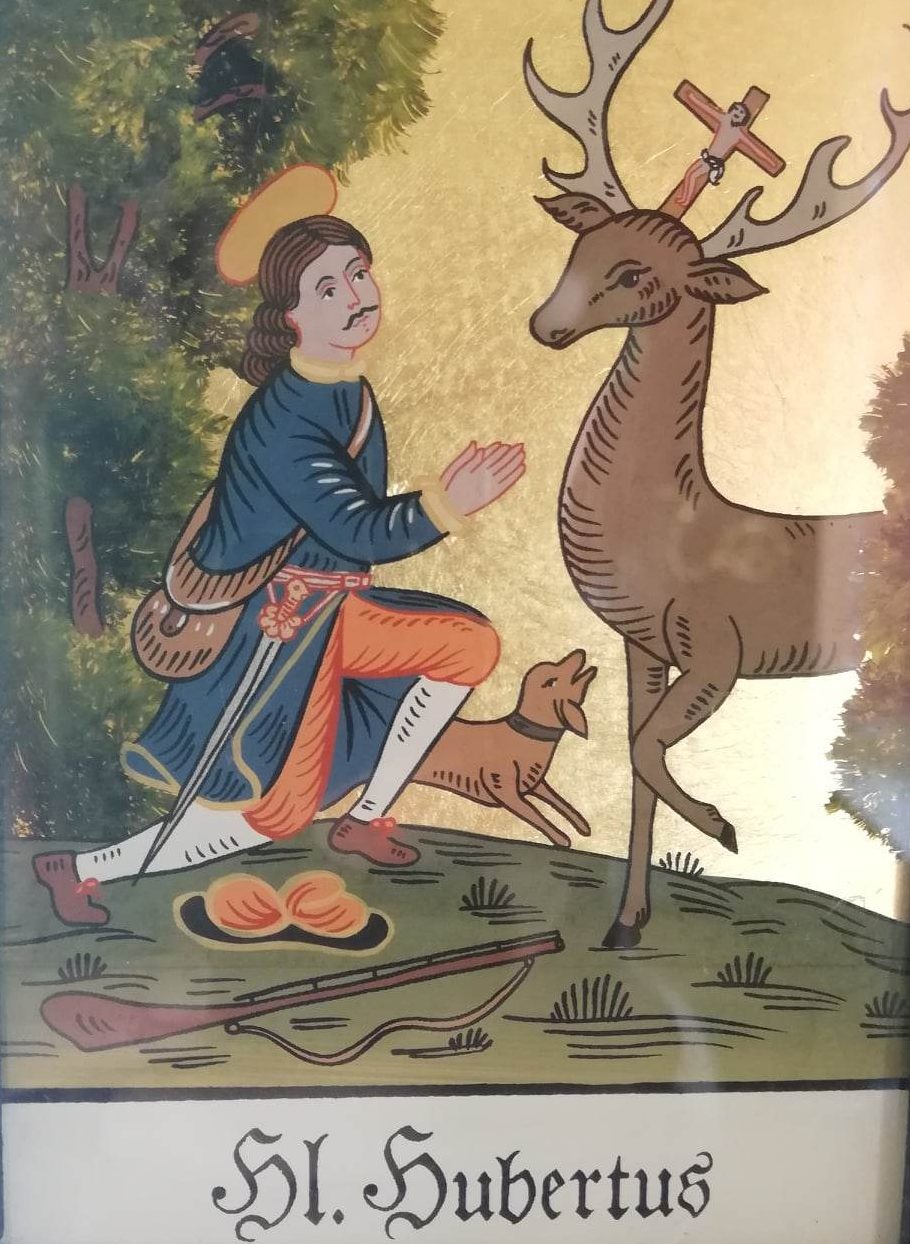
When I recently went hiking in the Bavarian Mountains, I discovered several shrines in a forest dedicated to various Christian saints, including Saint Barbara, Saint Hubertus, Saint Leonhard, and Saint Nicholas. It struck me how perfectly these saints fit thematically into this natural environment.
Saint Barbara, the patron saint of miners, seemed particularly well-suited here, as did Saint Hubertus, the patron saint of hunters and foresters, and Saint Leonhard, the protector of farmers and animals. Saint Nicholas, also venerated as the patron saint of merchants and traders, added an intriguing dimension, considering that one of Germany’s oldest trade routes, connecting Venice to Augsburg, meandered through the valley between the mountains. We can observe a similar phenomenon at ancient pagan sites, where the gods and goddesses were believed to be in harmony with the landscape, embodying its qualities.
In a lecture at Gresham College, renowned British historian Prof. Ronald Hutton, known for his work on paganism, discussed how much of ancient pagan beliefs may have survived into the Middle Ages. He explained that Christianity, in a way, made pagan beliefs redundant by reproducing their features in a parallel form united to a different theology. This resulted in Christian saints replacing the old gods and goddesses.
Many people who seek to reconnect with ancient nature-based religions often try to find clues about potential former pagan gods and goddesses in Christian saints and their attributes. This is a challenging endeavor, as historical evidence for such connections is scarce, except for a few exceptions like the Celtic-Irish goddess Brigid, who later became St. Brigid. Nevertheless, there are often astonishing parallels between both belief systems, which I would like to outline here:
Polytheism and the Diversity of Saints:
One of the most striking parallels is the concept of diversity and multitude. In paganism, there were numerous gods and goddesses, each responsible for specific aspects of life or the world. In Christianity, the veneration of saints offers a parallel system. Instead of many gods, there are hundreds of saints, each covering specific attributes or domains. Similar to pagan gods, these saints can be both male and female. Interestingly, about half of all saints are women, led by the Virgin Mary, who embodies qualities reminiscent of pagan goddesses such as Juno, Venus, and Diana.
Local Affiliation and Devotion:
Similar to pagan tribal gods, which were often significant only to specific regions or tribes, Christianity also had saints with limited followings, revered primarily in particular areas and nowhere else. Examples of regional British saints include Saint Walstan of Bawburgh and Saint Sidwell. These saints illustrate how saintly devotion in Christianity developed close relationships with specific communities and lifestyles, akin to pagan gods and goddesses reflecting the nature and culture of their respective regions.
Patron Saints and Specializations:
Like pagan gods, saints served as patrons for various aspects of life. They offered protection for specific professions, age groups, illnesses, genders, nations, regions, agricultural processes, and even animals. These patronage relationships reflect how both paganism and Christianity addressed different facets of human life through spiritual intermediaries.
Everyday Saints – The Religion of the Common People:
Especially when dealing with everyday problems like a missing cow, a sick child, or marital issues, people turned to the corresponding saint, as they perceived them as closer to life. They hoped for assistance in handling everyday challenges. Similar to pagan gods, this practice fostered a familiar and accessible form of spiritual connection, closely aligned with everyday reality, catering to individual needs and experiences. This intimate connection, particularly prevalent among rural populations, is evident in a 1960s study in Logère, France, where only 5% of residents attended church services, yet 49% of men and 78% of women had visited a saint’s shrine.
Sacred Places and Natural Reverence:
Lastly, there are similarities in the reverence of natural locations. In paganism, springs, trees, and other natural sites were considered sacred and preferred places for communicating with the gods. In Christianity, these locations were associated with saints by erecting shrines nearby, such as the Mechthild Spring in Bavaria, believed to aid in eye ailments. Christians could seek the assistance of saints in these secluded natural places, aligning with their faith, without necessarily entering a church or attending a church service.
Conclusion:
In light of all these parallels and aspects, it is difficult to deny that the tradition of saint worship within Christianity in some ways bridges the gap to ancient pagan practices. Ultimately, we cannot say with certainty how pagan saint veneration is. However, the Protestant Reformation, which began in the 16th century and aimed, among other things, to return to the Bible and the core values of Christianity, underscores that some church representatives did recognize the paradox that, despite their vehement rejection of paganism, there were astonishing parallels, as emphasized by historian Prof. Ronald Hutton, from which they distanced themselves in a self-conscious manner during the Reformation.
In Roman Catholic faith, saint veneration continues to play a significant and popular role, as evidenced by the wonderful example of ‘a forest full of saints’ that I discovered during my hike. This discovery reminded me of how nature often provides a natural path to spirituality and faith, and how we can learn from it. The diversity of our world is as fascinating as the diversity of nature itself. Against this backdrop, I hope that over time, the double standards exhibited by some representatives of the Roman Catholic faith will be overcome. This could pave the way for greater openness and tolerance toward pagan beliefs, while simultaneously expanding our understanding of various forms of spirituality.
